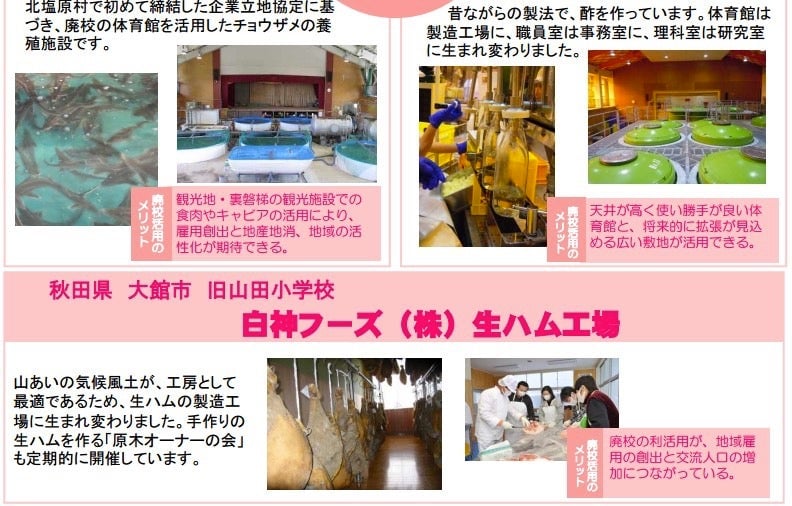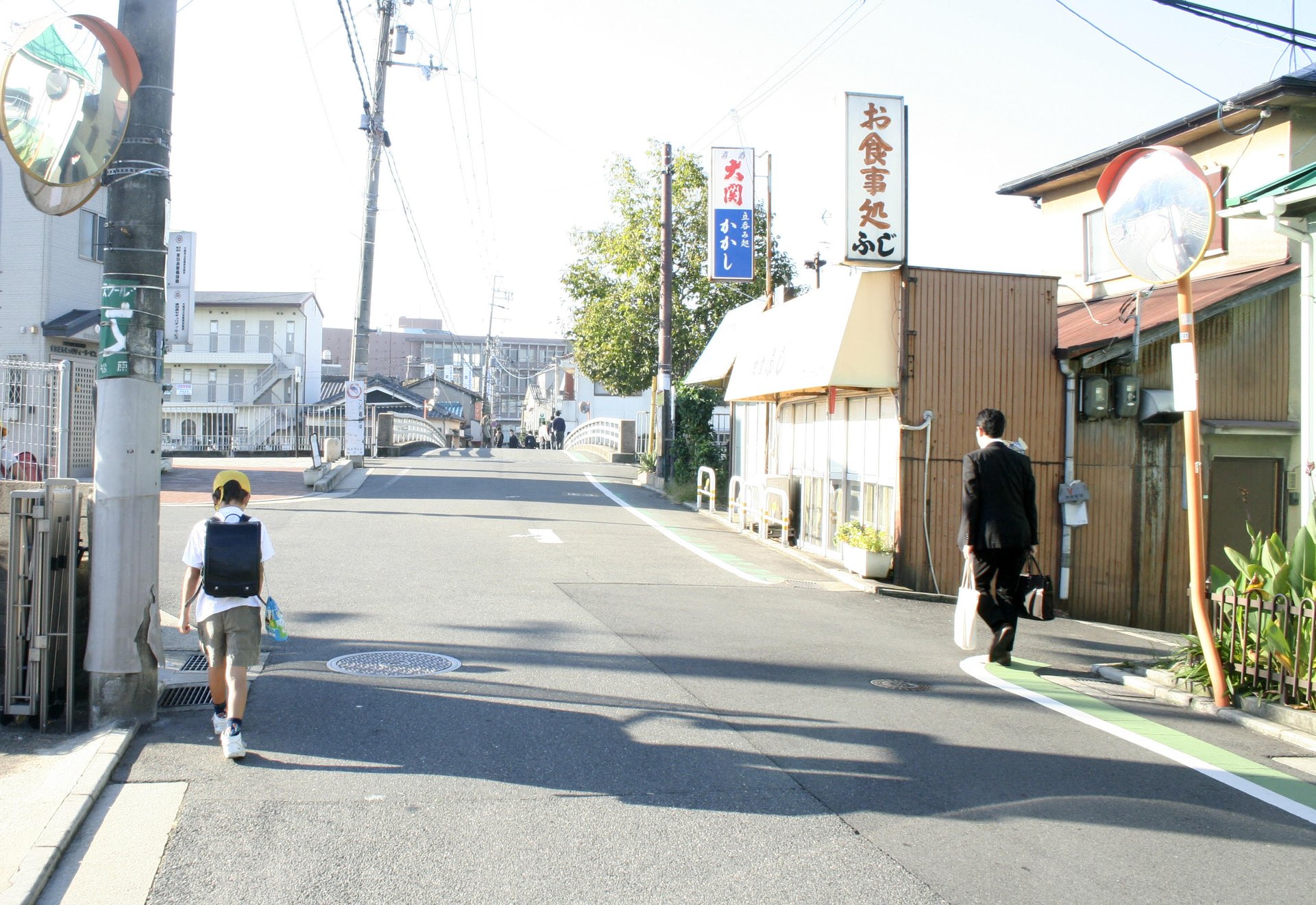Hot springs, ham curing, and senior centers—the new lives of Japan’s disappearing schools
Japan’s education ministry has more than a thousand vacant school buildings it would like to sell you.


Japan’s education ministry has more than a thousand vacant school buildings it would like to sell you.
The rapidly aging country is desperately trying to find something to do with the hundreds of empty school buildings it decommissions every year. Japan’s population implosion has brought its elementary student population to its lowest level since at least 1950, when the records began. The number is even more alarming in the very lowest grades, where the student body is just 60% of 1950 levels.
It’s creating a horde of zombie schools. The depopulation long ago hollowed out the number of schools in rural areas and has steadily spread to second-tier cities such as Osaka and Kobe. Its effects are even being felt in parts of the country’s sprawling capital city, long considered a “black hole” that sucks young people from the countryside.
About 5,800 public school buildings closed between 2002 and 2013, according to data from the Japan’s education ministry. By rights, many more schools should close for lack of students. But they remain in existence because no one can think of anything better to do with them. Of those that have closed, a few hundred have been demolished and about 1,500 schools were still on the books in 2014 in need of a new purpose, according to ministry data.
Japan’s education ministry has been cast in the role of matchmaker, wooing private businesses to take unwanted school buildings off its hands.
Many of the public buildings have found new life as private schools. In the hipster haven of Shimokitazawa in Tokyo, the Seitoku school jettisoned its elementary school program and repurposed itself as a high-end, private senior high school for girls, one that advertises study abroad opportunities in Australia. Others buildings have undergone more prosaic turns, being converted into health and recreation centers for the country’s ever-increasing population of seniors.
Still others have undergone esoteric transformations. One elementary school in Niigata prefecture was converted to an onsen (hot springs spa) where visitors can “enjoy the charm of hometown life.”
Yet another, in Akita prefecture, went to Shirakami Foods. The company took advantage of northern Japan’s cool weather to use the building for curing meats. The education ministry includes in its promotional materials photos showing rows of ham hocks (pdf in Japanese) hanging in what once were classrooms.

But even in the schools that are still operating, the effects of depopulation are being felt by parents.
Takami Seiriki lives in a blue-collar area of southeast Osaka, one of Japan’s biggest urban centers. Most weekday mornings she shoos her son Noki off with his cousin to walk the 20 minutes past shops and then along a half-dry riverbed to their neighborhood public elementary school.

There, the school’s two buildings have 12 classrooms spread across three floors, enough to hold 480 students. Enrollment last year was about 190 students, down by nearly a quarter from as recently as 2011. Noki and 25 other students comprise the school’s entire third grade.
Seiriki says it’s an open question whether the school will remain open by the time her one-year-old daughter is old enough to attend.
“There’s been a rumor for years that the school is going to merge with another one,” Seiriki says. “But it hasn’t happened yet.”
Several public daycare centers in the area have already closed or been forced to merge with others because of the lack of kids. Seiriki said she would prefer her son’s public school to stay open, to ensure that Noki can remain with his friends. But she also realizes that a school with so few students may not have much of a future.
It’s nice that the smaller class size makes it easy for the teacher to keep an eye on all the children, Seiriki says. But the lack of competition among students worries her.
“That’s the bad point,” she says. “It’s not a place to nourish hungry spirits.”
There may actually be more empty school buildings than shows up in government statistics, said Hideo Akabayashi, economics professor at Keio University. That’s because it may take years before the central and local governments even agree to consider the school a lost cause, preferring to label it “temporarily closed” in the hopes that more parents with small children move into the neighborhood. Local residents generally fight to keep a little-used school open just to ensure the government continues paying to have the building maintained.
“When the building gets abandoned, it stays empty for years,” Akabayashi said. “All the people leave and it’s hard to attract new business.”
You can follow Ben on Twitter at @bjlefebvre.